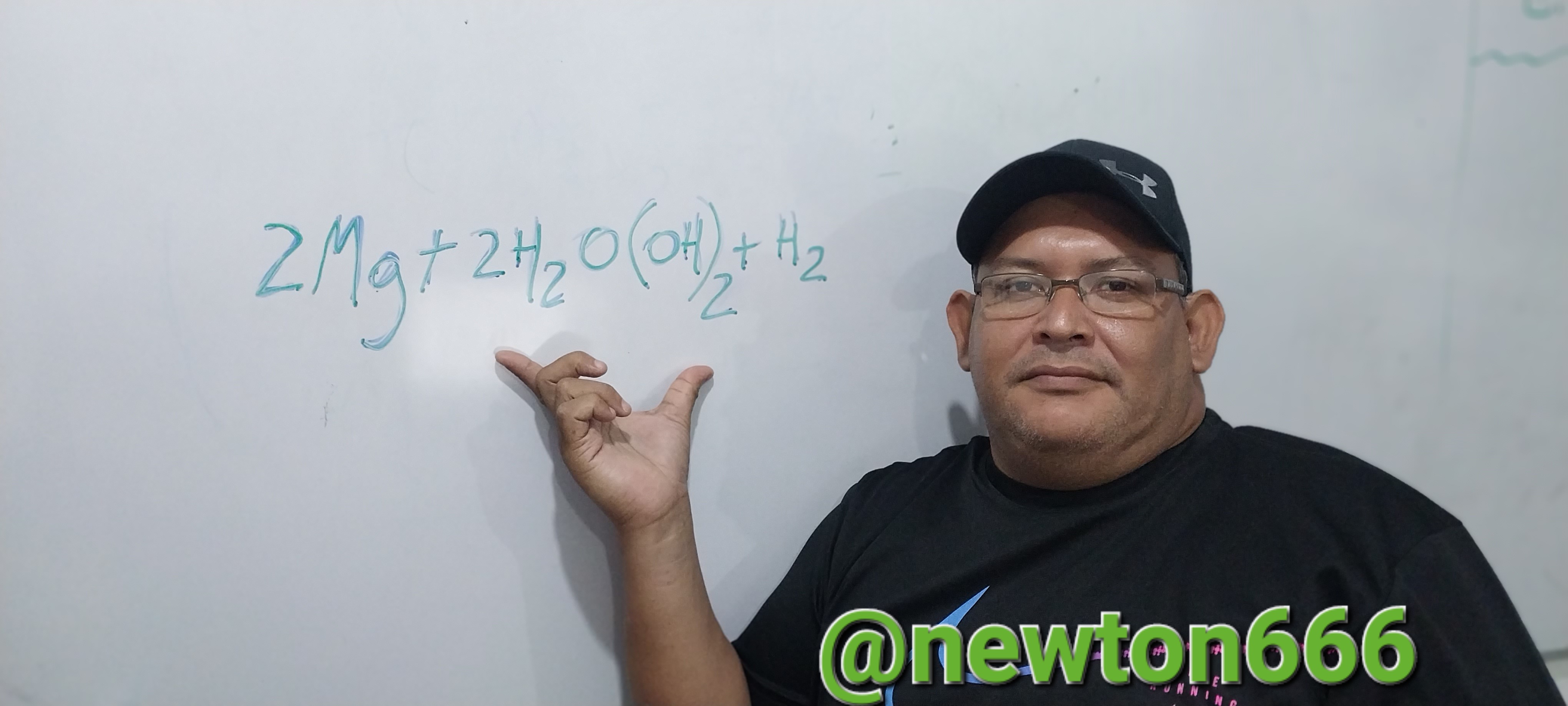An emerging source of electricity is the result of a chemical reaction between magnesium and salt water.

The chemical reaction that occurs
Electron transfer occurs in the chemical reaction between magnesium (Mg) and salt water (NaCl in water). Magnesium is oxidized in this reaction while water is reduced. The simplified chemical equation that can be used for this reaction is:
2 Mg + 2 H2O = 2 Mg(OH)2 + H2
Magnesium is oxidized in this equation to form magnesium hydroxide (Mg(OH)2) and release hydrogen (H2). The formation of hydrogen is crucial because it is where the potential to generate electricity lies.
The production of hydrogen and its subsequent use in a fuel cell are the first steps in this reaction to produce electricity. The fuel cell is an electrochemical device that reacts hydrogen with oxygen to convert chemical energy into electricity. Hydrogen ions (H+) and electrons (e−) in this process flow through an electrolyte and an external circuit, respectively, to produce water and electricity as end products.
A crucial factor to consider is the efficiency of this energy conversion. The reaction between magnesium and salt water is promising, but there are still problems with efficiency and cost. But this technology has some advantages:
Some key considerations of the uniqueness of this reaction:
1. Abundance of raw materials: Earth has a large amount of magnesium as a metal, and salt water is an abundant source of salt.
2. Sustainability: The reaction generates hydrogen, which is a clean fuel that can be stored for later use.
3. Capability in marine environments: The reaction is particularly attractive for applications in marine environments with abundant salt water.
4. Reduction of emissions: hydrogen, a clean energy source, does not emit carbon dioxide or other pollutants into the atmosphere when burned or used in fuel cells.
One potentially valuable source of electricity is a chemical reaction between magnesium and salt water. Despite technical and financial hurdles to overcome, its ability to generate hydrogen, a renewable fuel, makes it attractive for future power generation applications. Furthermore, it is accessible and sustainable, making it a promising option in a world seeking to reduce its dependence on fossil fuels.
Bibliographic Reference
Electricity and electrical automation by CERDÁ FILIU, LUIS MIGUEL, 2005.
Interesting to learn this for the first time
Thanks for your contribution to the STEMsocial community. Feel free to join us on discord to get to know the rest of us!
Please consider delegating to the @stemsocial account (85% of the curation rewards are returned).
Thanks for including @stemsocial as a beneficiary, which gives you stronger support.